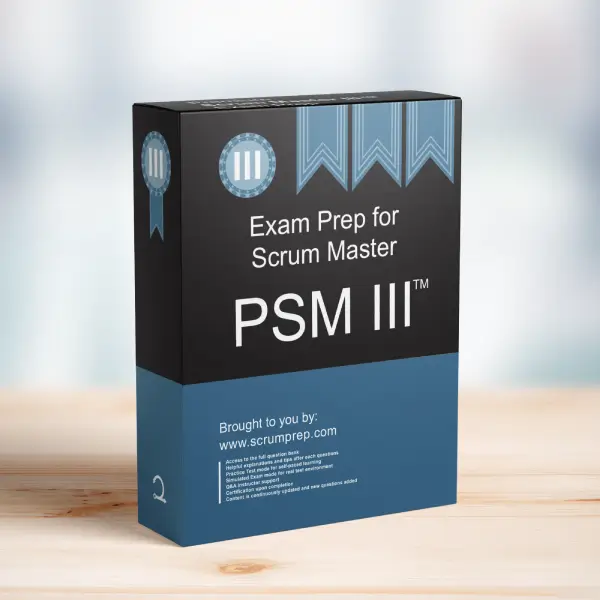Addressing the IT Manager’s Request for Increased Velocity
When a new IT Manager requests a 10% increase in a Scrum Team’s velocity, it’s important to address the situation with a clear understanding of Scrum principles and the purpose of velocity as a metric. Velocity is an indicator of the amount of work a Scrum Team can complete during a Sprint, and it should not be manipulated artificially.
Exam Question
A new IT Manager has been hired.
She is responsible for all development that you are a part of.
She tells you that she has heard about “velocity” in Scrum and she has calculated that your team’s velocity needs to be 10% higher.
She asks you, as Scrum Master, to make it happen.
How would you respond to the new IT Manager?
Explanation
Understanding Velocity in Scrum
- Velocity as a Measure, Not a Target: Velocity is a measure of a Scrum Team’s past performance, representing the amount of work completed in previous Sprints. It is used to forecast future work but should not be treated as a target. Artificially inflating velocity can lead to lower quality, technical debt, and burnout.
- Empirical Process Control: Scrum is based on empiricism, which relies on transparency, inspection, and adaptation. Forcing an increase in velocity without a genuine improvement in the team’s capability undermines the principles of Scrum and can lead to negative consequences.
How to Respond to the IT Manager
- Educate on the Nature of Velocity: Explain to the IT Manager that velocity is a byproduct of how the team works and should not be artificially manipulated. Increasing velocity by 10% might lead to cutting corners, which can negatively impact the quality of the product and the team’s morale.
- Focus on Sustainable Improvement: Suggest that instead of focusing on velocity, the team should focus on continuous improvement, such as refining processes, removing impediments, and ensuring a sustainable pace of work. Over time, this might naturally lead to an increase in velocity, but the emphasis should always be on quality and value delivery.
- Emphasize Quality and Value: Reinforce the idea that the goal of Scrum is to deliver valuable increments of the product with high quality. A narrow focus on increasing velocity could compromise these core objectives.
Relevance to the PSM III Exam
In the PSM III exam, you will be expected to demonstrate a deep understanding of Scrum principles, including how to handle situations where external pressures might conflict with the Scrum framework. Knowing how to respond to requests like the IT Manager’s, in a way that upholds Scrum values, is essential for success in the exam.
Key Takeaways
- Velocity is a measure, not a target, and should not be artificially manipulated.
- Focus on continuous improvement and sustainable pace rather than on increasing velocity.
- Quality and value delivery are the true goals of Scrum, not the mere increase of velocity.
Conclusion
As a Scrum Master, your role includes educating stakeholders about the correct use of Scrum metrics and ensuring that the Scrum Team adheres to the principles of empirical process control. When faced with a request to increase velocity, it’s essential to emphasize the importance of quality, sustainability, and continuous improvement over arbitrary metrics. For more insights on Scrum practices and preparing for the PSM III exam, visit our Scrum Master PSM III™ Exam Prep.



